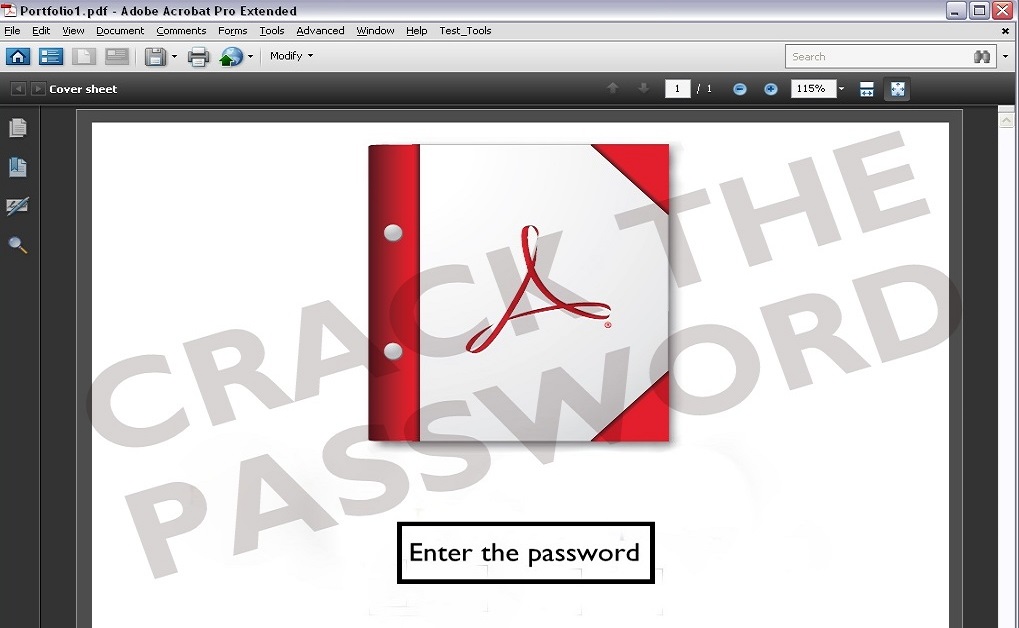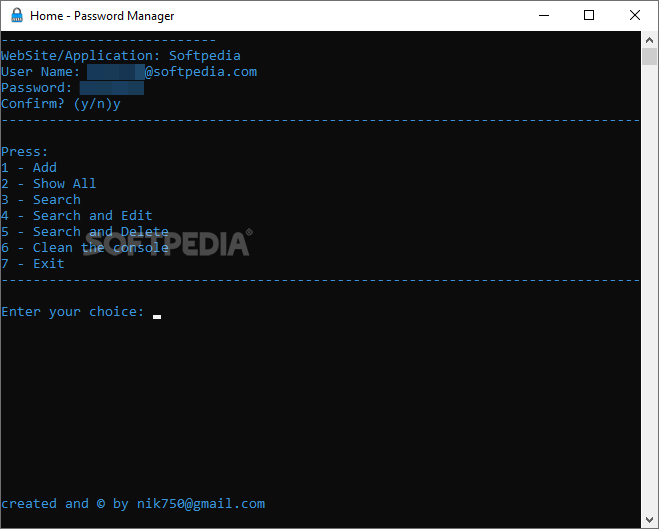
We've made a pretty scary case for Wi-Fi hackers so far. After all, if someone does get your password, they can use your internet connection to perform illegal actions or steal data stored on your Wi-Fi connected hard drives.īut never forget that you have the upper hand when it comes to your own router. Wi-Fi Passwords: When In Doubt, Swap It Out!
#WIFI PASSWORD REPOSITORY UPDATE#
And you don't need to update your password on all of your devices, because they're all connected to the main network. The best bit is, you can reset the password on the guest network every so often to ensure nobody leeches off it. Related: Reasons to Set Up a Guest Network on Your Router You then give your guests the password to connect to this side network. These are "side networks" that broadcast alongside your main one. However, if you don't give out your password, you'll feel like a terrible host when visitors need to use your internet. The solution seems easy: just don't give out your password. Either way, they now have your password stored on their phone, and they can now retrieve it later and use it for their other devices when they go back home. They may have legitimate problems getting a connection, or they may have just wanted to get your password in the first place. You, being the good neighbor you are, tell them the password. They notice that they don't get a good data signal on their phone, so they ask you if they can hop on your Wi-Fi. Let's say your neighbor comes around for a brief moment.

Either hide it away so people can't see it from the outside, or change the password to something unique and don't write it down.
#WIFI PASSWORD REPOSITORY CODE#
Likewise, if a neighbor comes around to visit, they may take note of the code before they leave.Īs such, be sure to take care of the default password. If you put your router by a window, people can peek in and see the password. While the password on the back of the router makes it easy to remember, it does also mean that your router is essentially broadcasting its own password. However, you still need to get into your own router, so the device will often have the default password printed on it somewhere. This feature means your router has a password that's tough to crack the moment you plug it in, with no additional effort from you. Fortunately, routers have come a long way since the "username: admin, password: admin" days modern ones will have a generated, unique password with numbers, lower case, and upper case characters. If you haven't changed your router's password, a hacker can find out what it is and use it to gain access to your Wi-Fi.
#WIFI PASSWORD REPOSITORY CRACK#
These take a long time (sometimes years) to crack open, so using either of those algorithms will prevent a hacker from busting in. On the other hand, you have WPA2 and WPA3.

A hacker can use tools and crack open a WEP-secured router in an hour max.

This algorithm isn't used or even supported by most modern-day routers, but some older hardware will still use it. In general, the older the algorithm, the easier it is for a hacker to break into it.Īt the very bottom of the barrel is WEP. If they can't guess the password, hackers can pry open weaker security algorithms. As such, if you or someone else changed the password to something simple, you may want to consider creating a stronger one. However, these routers also allow people to change the Wi-Fi password, potentially to something weaker. As such, if you keep the default password, a hacker is far less likely to break in. Fortunately, routers come pre-programmed with strong, unique passwords these days.


 0 kommentar(er)
0 kommentar(er)
